NASA’s Hubble Telescope captures stunning spiral galaxies
Six different filters’ data were collected to procure some of the images from the Hubble Telescope.
July 12, 2024 21:09 IST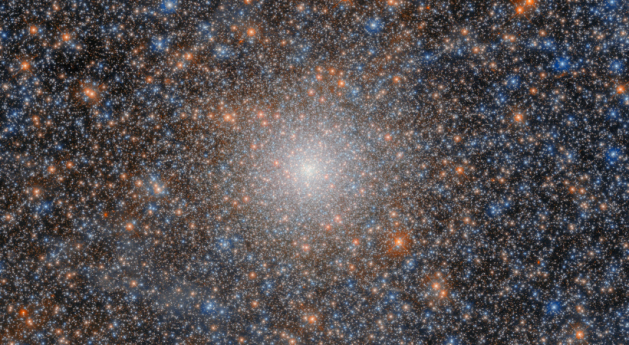 1 / 10
1 / 10This is NGC 2005 – a globular cluster comprising millions of densely packed stars that is located around 162,000 light-years from Earth. It is Milky Way’s largest satellite galaxy.(NASA)
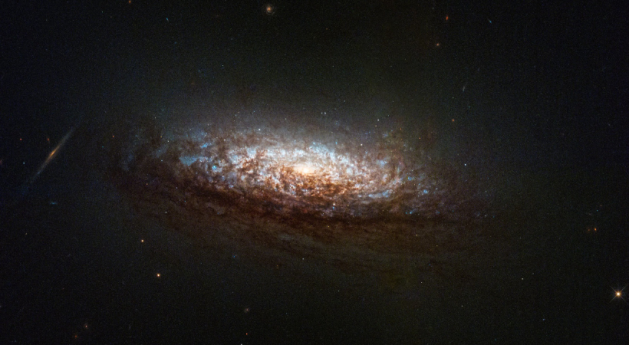 2 / 10
2 / 10This is NGC 1546, a galaxy in the constellation Dorado. The dusty-brown galaxy owes its red colour to dust lanes that absorb light from the core. The core of the galaxy glows bright in a yellowish light, indicative of an older population of stars. (NASA)
 3 / 10
3 / 10A broad and sweeping spiral galaxy, NGC 4731, lies in the constellation Virgo, which is 43 million light-years away from Earth. (NASA)
 4 / 10
4 / 10A glittering cosmic geode, a trio of bright stars, blazes from the hollowed-out cavity of a nebula reflection. The triple-star system comprises the variable stars HP Tau, HP Tau G2, and HP Tau G3. (NASA)
 5 / 10
5 / 10NASA describes the bright NGC 4951, which is roughly 50 million light-years away from Earth, as “starry spiral arms surrounding an active galactic center”. The galaxy calls the Virgo constellation its home. (NASA)
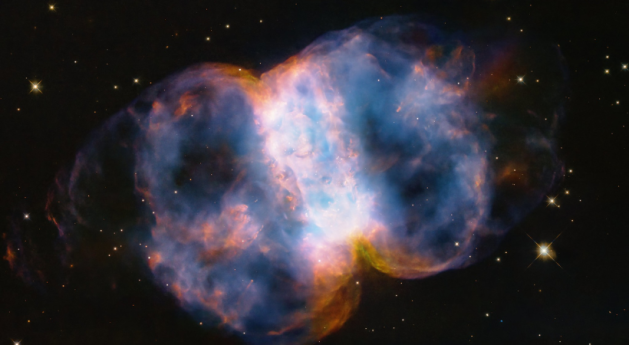 6 / 10
6 / 10Little Dumbbell Nebula is positioned 3,400 light-years away in the Perseus constellation’s northern circumpolar. “M76 is classified as a planetary nebula, an expanding shell of glowing gases that were ejected from a dying red giant star.”, NASA said. (NASA)
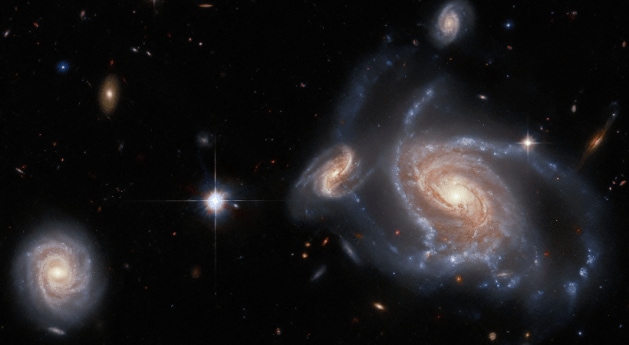 7 / 10
7 / 10Hubble Space Telescope has captures dazzling spiral galaxies. (Above) The large, prominent spiral NGC 1356 galaxy is on the right; the two comparatively smaller spiral galaxies LEDA 467699 (above it) and LEDA 95415 (very close at its left) respectively; and lastly, IC 1947 is positioned along the left side. (NASA)
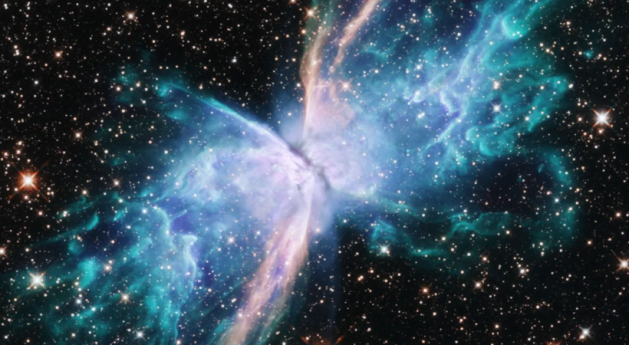 8 / 10
8 / 10NGC 6302, commonly known as the Butterfly Nebula, is a planetary nebula located approximately 3,400 light-years away in the constellation Scorpius. This celestial object displays a striking bipolar structure, with two S-shaped lobes that resemble the wings of a butterfly. (NASA)
 9 / 10
9 / 10NGC 1569 is a dwarf irregular galaxy located approximately 10.96 million light-years away from Earth. This galaxy is characterized by an intense and ongoing starburst, where it is forming stars at a rate 100 times higher than the Milky Way over the past 100 million years. (NASA)
 10 / 10
10 / 10Westerlund 2 is a massive star cluster located approximately 20,000 light-years away from Earth in the constellation Carina. This cluster contains around 3,000 stars and resides within a vibrant stellar nursery known as Gum 29. The Westerlund 2 cluster is relatively young, estimated to be only about 2 million years old. (NASA)











